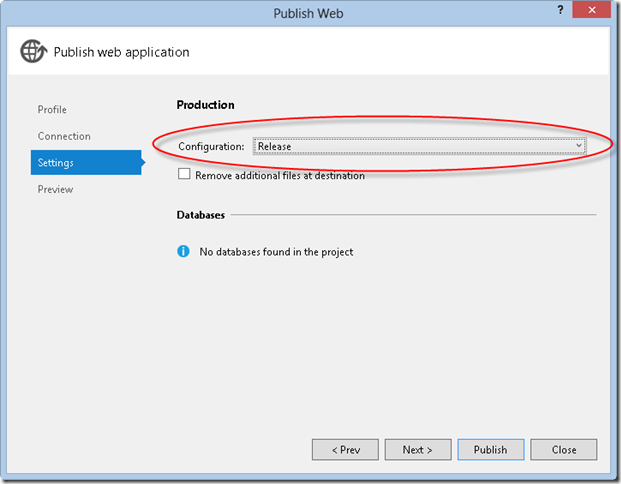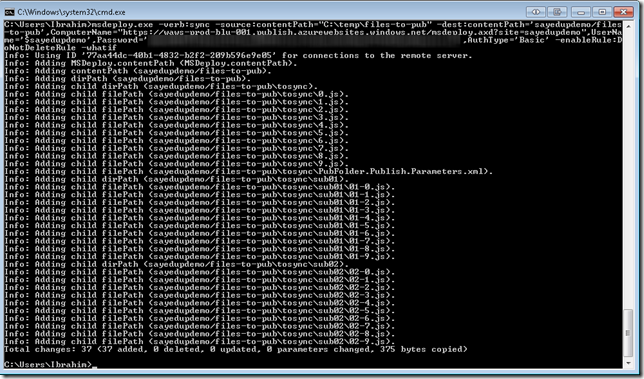In Visual Studio 2012, if you create a ADO.NET Data Model then the generated Context class derives from a type called DbContext instead of ObjectContext. DbContext is also used when you are using EntityFramework Code First
This post outlines the changes you have to do to your Dynamicdata project template if you want your context to derive from DbContext
protected override void OnDataBinding(EventArgs e)
{
base.OnDataBinding(e);
object entity;
ICustomTypeDescriptor rowDescriptor = Row as ICustomTypeDescriptor;
if (rowDescriptor != null)
{
// Get the real entity from the wrapper
entity = rowDescriptor.GetPropertyOwner(null);
}
else
{
entity = Row;
}
// Get the collection and make sure it's loaded
var entityCollection = Column.EntityTypeProperty.GetValue(entity, null);
var realEntityCollection = entityCollection as RelatedEnd;
if (realEntityCollection != null && !realEntityCollection.IsLoaded)
{
realEntityCollection.Load();
}
// Bind the repeater to the list of children entities
Repeater1.DataSource = entityCollection;
Repeater1.DataBind();
}
public override Control DataControl
{
get
{
return Repeater1;
}
}
protected ObjectContext ObjectContext { get; set; }
public void Page_Load(object sender, EventArgs e)
{
// Register for the DataSource's updating event
EntityDataSource ds = (EntityDataSource)this.FindDataSourceControl();
ds.ContextCreated += (_, ctxCreatedEnventArgs) => ObjectContext = ctxCreatedEnventArgs.Context;
// This field template is used both for Editing and Inserting
ds.Updating += new EventHandler<EntityDataSourceChangingEventArgs>(DataSource_UpdatingOrInserting);
ds.Inserting += new EventHandler<EntityDataSourceChangingEventArgs>(DataSource_UpdatingOrInserting);
}
void DataSource_UpdatingOrInserting(object sender, EntityDataSourceChangingEventArgs e)
{
MetaTable childTable = ChildrenColumn.ChildTable;
// Comments assume employee/territory for illustration, but the code is generic
if (Mode == DataBoundControlMode.Edit)
{
ObjectContext.LoadProperty(e.Entity, Column.Name);
}
// Get the collection and make sure it's loaded
dynamic entityCollection = Column.EntityTypeProperty.GetValue(e.Entity, null);
// Go through all the territories (not just those for this employee)
foreach (dynamic childEntity in childTable.GetQuery(e.Context))
{
// Check if the employee currently has this territory
var isCurrentlyInList = ListContainsEntity(childTable, entityCollection, childEntity);
// Find the checkbox for this territory, which gives us the new state
string pkString = childTable.GetPrimaryKeyString(childEntity);
ListItem listItem = CheckBoxList1.Items.FindByValue(pkString);
if (listItem == null)
continue;
// If the states differs, make the appropriate add/remove change
if (listItem.Selected)
{
if (!isCurrentlyInList)
entityCollection.Add(childEntity);
}
else
{
if (isCurrentlyInList)
entityCollection.Remove(childEntity);
}
}
}
private static bool ListContainsEntity(MetaTable table, IEnumerable<object> list, object entity)
{
return list.Any(e => AreEntitiesEqual(table, e, entity));
}
private static bool AreEntitiesEqual(MetaTable table, object entity1, object entity2)
{
return Enumerable.SequenceEqual(table.GetPrimaryKeyValues(entity1), table.GetPrimaryKeyValues(entity2));
}
protected void CheckBoxList1_DataBound(object sender, EventArgs e)
{
MetaTable childTable = ChildrenColumn.ChildTable;
// Comments assume employee/territory for illustration, but the code is generic
IEnumerable<object> entityCollection = null;
if (Mode == DataBoundControlMode.Edit)
{
object entity;
ICustomTypeDescriptor rowDescriptor = Row as ICustomTypeDescriptor;
if (rowDescriptor != null)
{
// Get the real entity from the wrapper
entity = rowDescriptor.GetPropertyOwner(null);
}
else
{
entity = Row;
}
// Get the collection of territories for this employee and make sure it's loaded
entityCollection = (IEnumerable<object>)Column.EntityTypeProperty.GetValue(entity, null);
var realEntityCollection = entityCollection as RelatedEnd;
if (realEntityCollection != null && !realEntityCollection.IsLoaded)
{
realEntityCollection.Load();
}
}
// Go through all the territories (not just those for this employee)
foreach (object childEntity in childTable.GetQuery(ObjectContext))
{
// Create a checkbox for it
ListItem listItem = new ListItem(
childTable.GetDisplayString(childEntity),
childTable.GetPrimaryKeyString(childEntity));
// Make it selected if the current employee has that territory
if (Mode == DataBoundControlMode.Edit)
{
listItem.Selected = ListContainsEntity(childTable, entityCollection, childEntity);
}
CheckBoxList1.Items.Add(listItem);
}
}
public override Control DataControl
{
get
{
return CheckBoxList1;
}
}
At this point you should be good to run your application and use DbContext or EntityFramework Code First with Dynamicdata templates


















